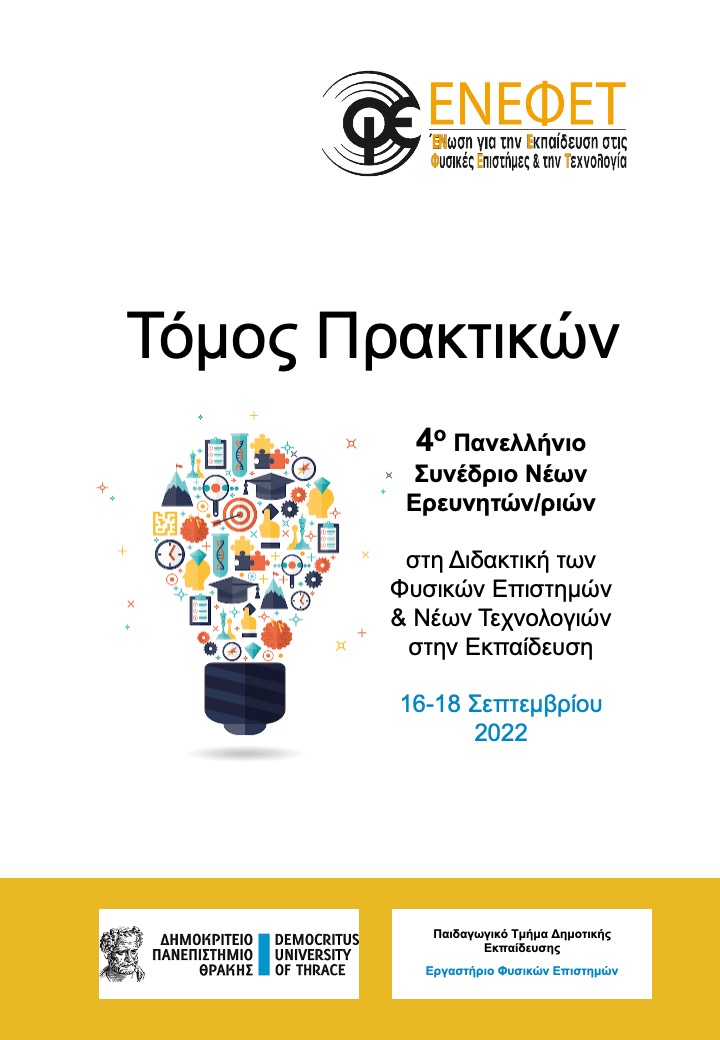Συνεργατική Συνοχή Ομάδων Συνεργατικής Μάθησης στην Περιβαλλοντική Εκπαίδευση

Περίληψη
Η παρούσα εργασία αποτελεί τμήμα διδακτορικής διατριβής η οποία επικεντρώνεται στην μελέτη της συνεργατικής μάθησης στην Περιβαλλοντική Εκπαίδευση (ΠΕ) με ανάλυση κοινωνικών δικτύων (ΑΚΔ). Προκειμένου να διερευνηθεί η συνεργατική συνοχή ομάδων συνεργατικής μάθησης στην ΠΕ, ομάδες μαθητών που επισκέπτονται Κέντρο Περιβαλλοντικής Εκπαίδευσης (ΚΠΕ), συμπληρώνουν, πριν και μετά το Πρόγραμμα Περιβαλλοντικής Εκπαίδευσης (ΠΠΕ), ερωτηματολόγια καταγραφής ενδο-ομαδικών αλληλεπιδράσεων συνεργατικών σχέσεων. Από τις απαντήσεις των μαθητών, με την μεθοδολογία της ΑΚΔ, δημιουργούνται δίκτυα συνεργατικών σχέσεων ανά ομάδα, υπολογίζονται δικτυακοί δείκτες συνοχής των αλληλεπιδράσεων ανά δίκτυο και ομάδα, η ανάλυση των οποίων δείχνει αύξηση της συνεργατικής συνοχής των ομάδων μετά το ΠΠΕ.
Λεπτομέρειες άρθρου
- Ενότητα
- Εργασίες Υποψηφίων Διδακτόρων





